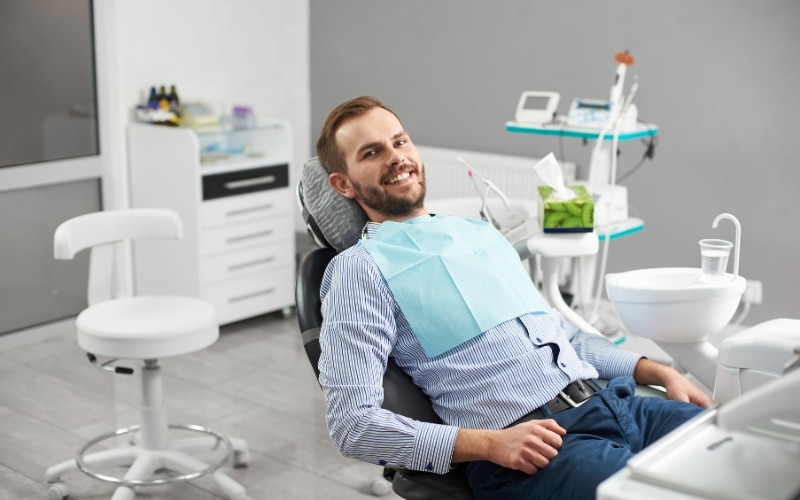New Patients Welcome!

Gum recession is a typical side effect of gum disease, and it gets a lot worse as you get older. (Have you ever heard the expression “becoming long in the tooth?” Receding gums not only make you look older; they also significantly raise your chances of cavities, infection, and tooth loss. There are, thankfully, treatments to repair receding gums for improved oral health and a more appealing smile.
The typical therapy for receding gums is surgical gum grafting, however this method involves incisions and stitches to fix receding gums, which causes discomfort and a lengthy healing period. At The Smile Shapers, we provide a non-invasive solution for our Ventura patients: state-of-the-art pinhole gum rejuvenation procedures that heal in a fraction of the time. The following is an explanation of how pinhole gum rejuvenation works.
WHAT IS PINHOLE GUM REJUVENATION?
Pinhole gum rejuvenation is an advanced treatment for restoring receding gums without the need for major incisions, grafts, or sutures. Instead, a dentist creates a small “pinhole” opening in the gums and uses specialized instruments to gently reposition the gum tissue. This technique involves creating a small flap of tissue that is adjusted over the exposed root of the tooth.
After the flap is repositioned, thin collagen strips are inserted by Dr. Eskandar, a trusted dentist in Ventura, to stabilize the tissue during the healing process. Collagen is commonly used in periodontal procedures and is considered safe for the body. These collagen strips also aid in healing by protecting the repositioned tissue flap as it settles into its new position.
WHAT IS THE DIFFERENCE BETWEEN PINHOLE REJUVENATION AND TRADITIONAL GUM GRAFTING?
Gum grafting surgery uses tissue from another portion of your mouth — generally the roof — to augment your gums in areas where they have retreated. That means you’ll have two surgical sites: one on the roof of your mouth and one where the tissue will be sutured into place. It also means you’ll have two locations to look after while you mend and recuperate.
Because gum grafting is a surgical treatment that takes tissue from your palate, the recovery period is prolonged. You’ll have to observe certain restrictions for eating and care for the surgery sites while you’re healing. Some people experience significant discomfort following surgery, particularly in the location where the tissue was removed.
There is no graft site and no incisions with pinhole surgery. That means you just have to care for one part of your mouth, and healing will be considerably faster. When compared to standard gum surgery, pinhole gum rejuvenation causes far less swelling and discomfort.
If you have many regions of gum recession, the pinhole procedure provides an additional benefit. Because of its less invasive approach, pinhole gum rejuvenation can treat several locations in a single office visit, unlike invasive traditional gum grafting, which normally only repairs one or two teeth at a time. One visit equals less time in the dentist’s chair and less time spent on appointments and recovery.
While gum disease (or periodontal disease) is the most common cause of gum recession, it is not the only one. Abrasive teeth brushing and chronic tooth grinding can also contribute. We can teach you new strategies to safeguard your gums and avoid recession in other areas of your mouth after your gums have been healed.
DON’T ALLOW RECEDING GUMS RUIN YOUR SMILE
Receding gums are a leading cause of tooth loss, and they also age your smile. Although gum disease can occur at any age, it becomes far more common as we age, due in part to other age-related changes. If your gums have already receded, you are vulnerable to severe infections, root damage, and eventual tooth loss.
Don’t let the gum recession ruin your health or your confidence. Allow The Smile Shapers experts to rebuild your gums so you may enjoy a lifetime of healthy, beautiful smiles. To learn more about pinhole gum rejuvenation or to find out if you’re at risk for gum disease, call our office at (805) 719-7353, or use the online booking form to request an appointment.


